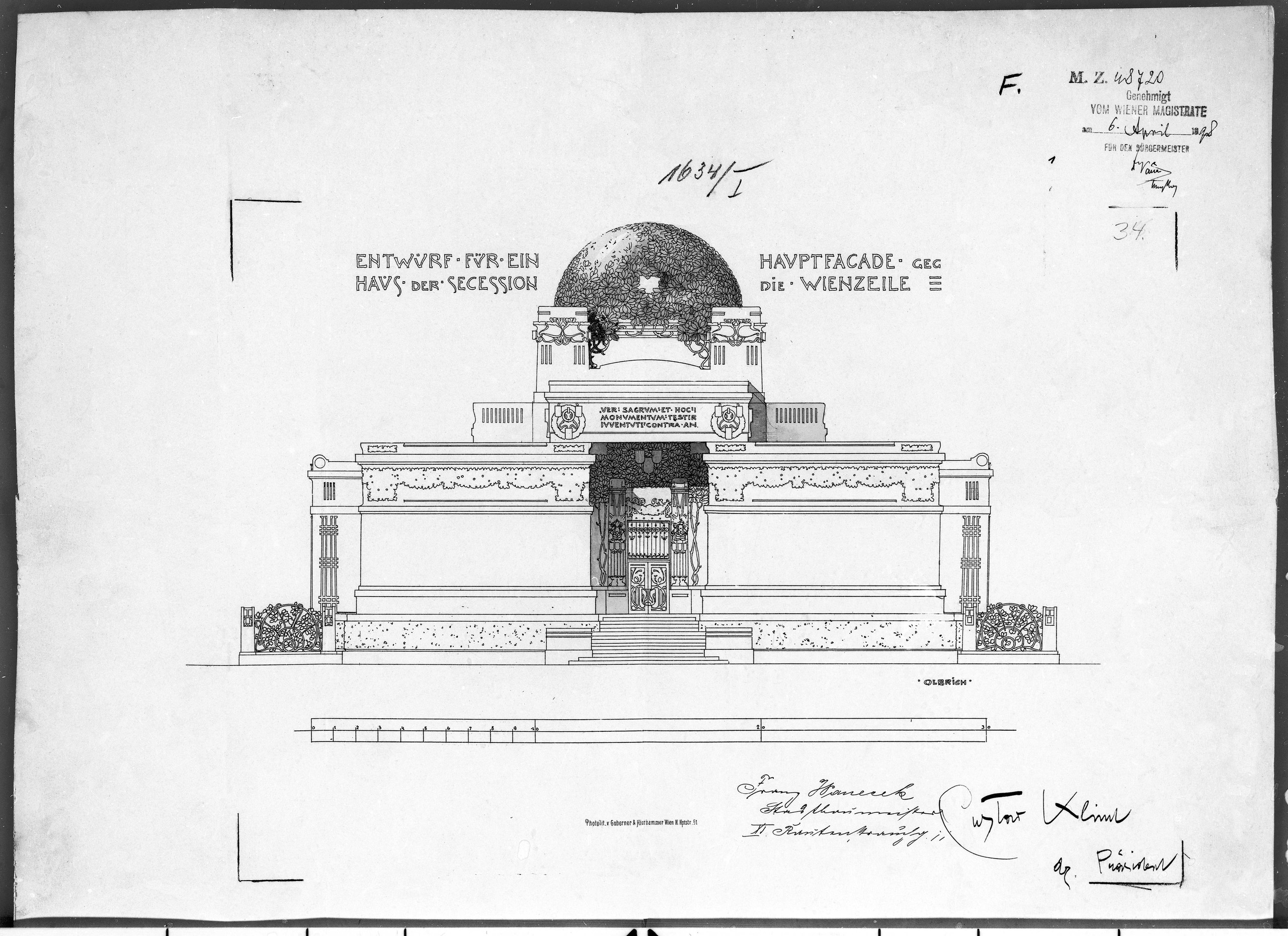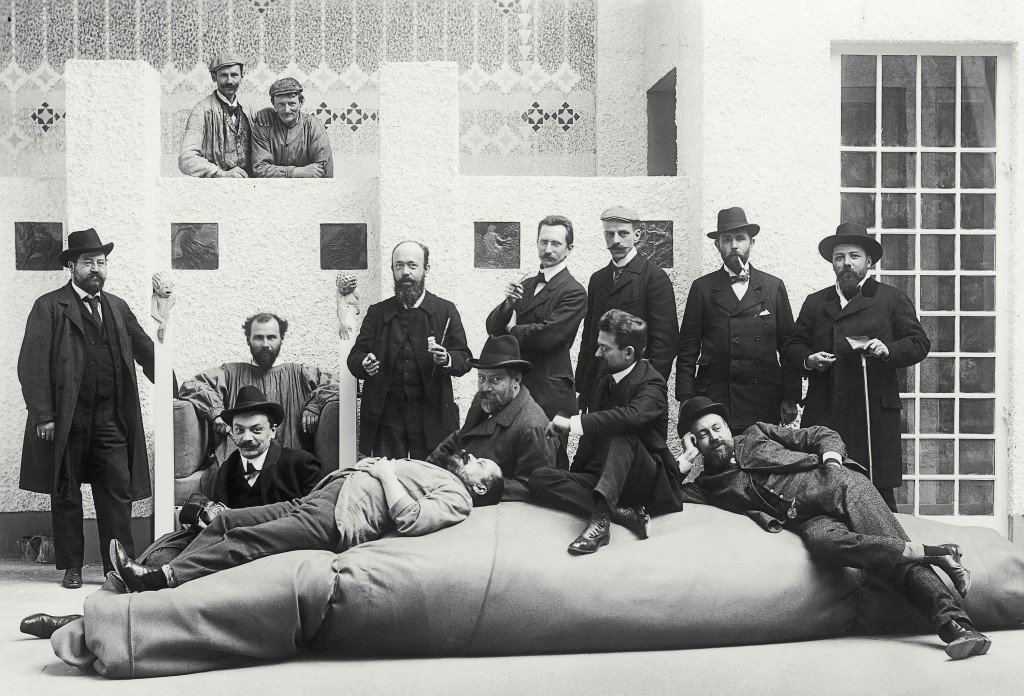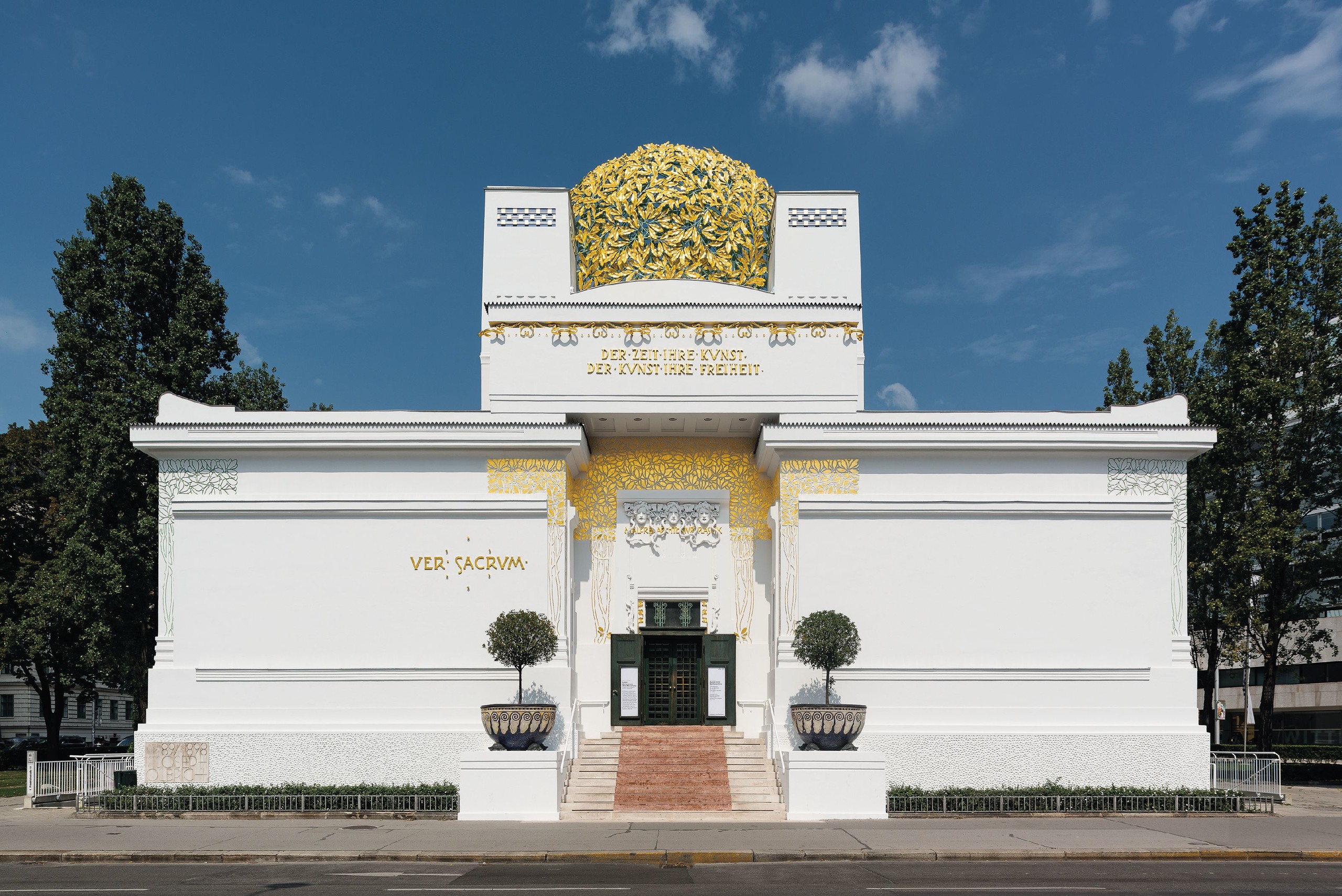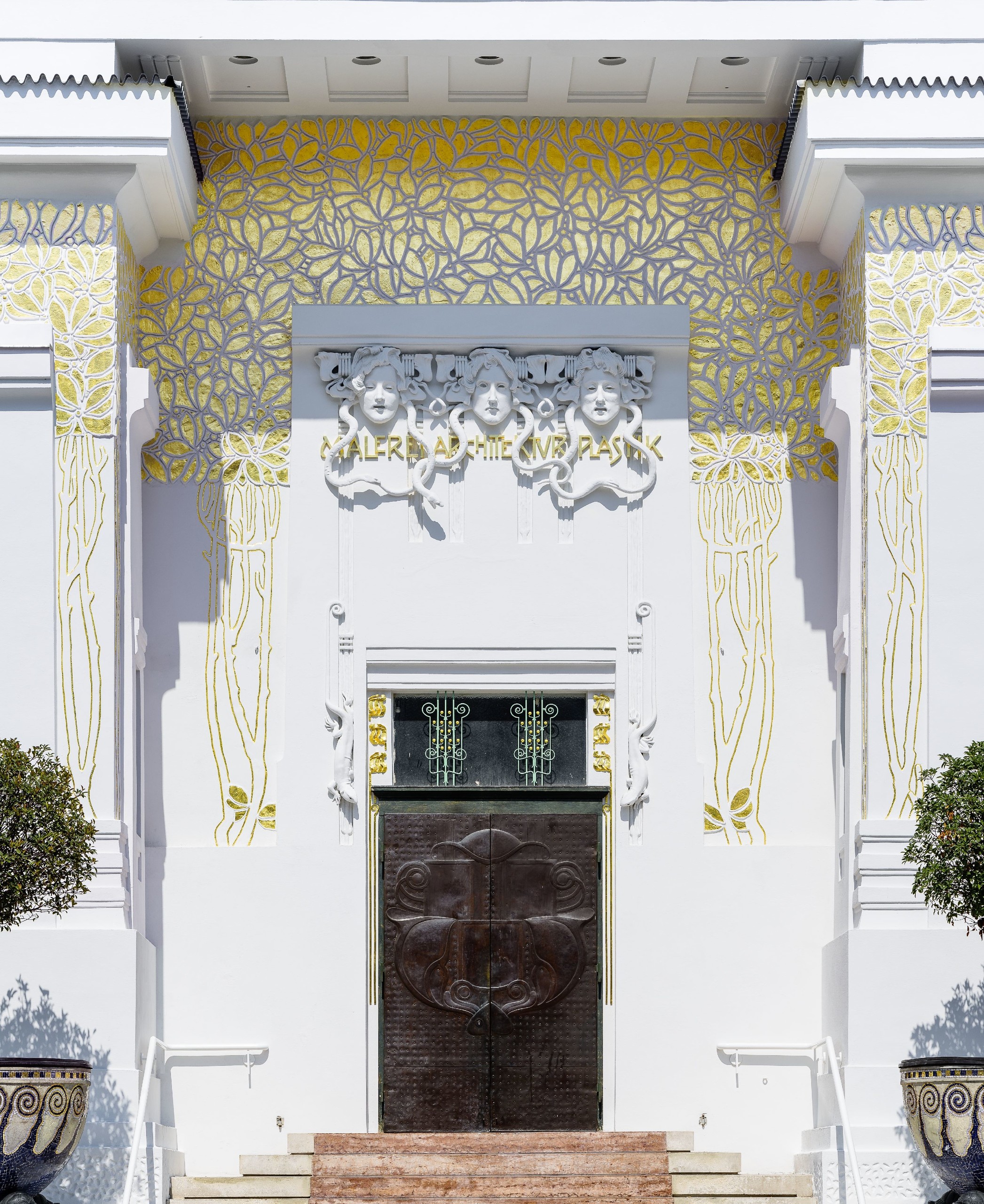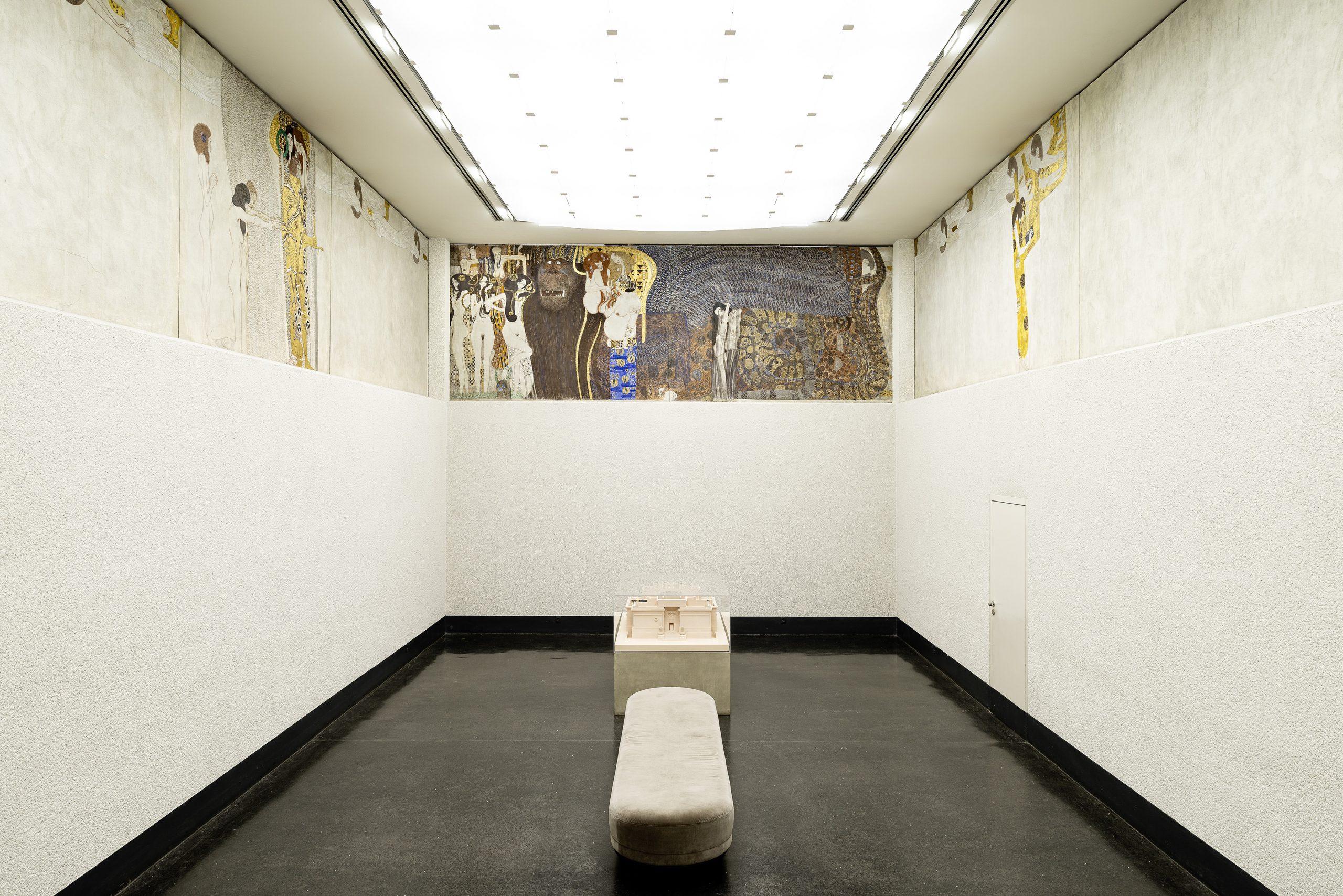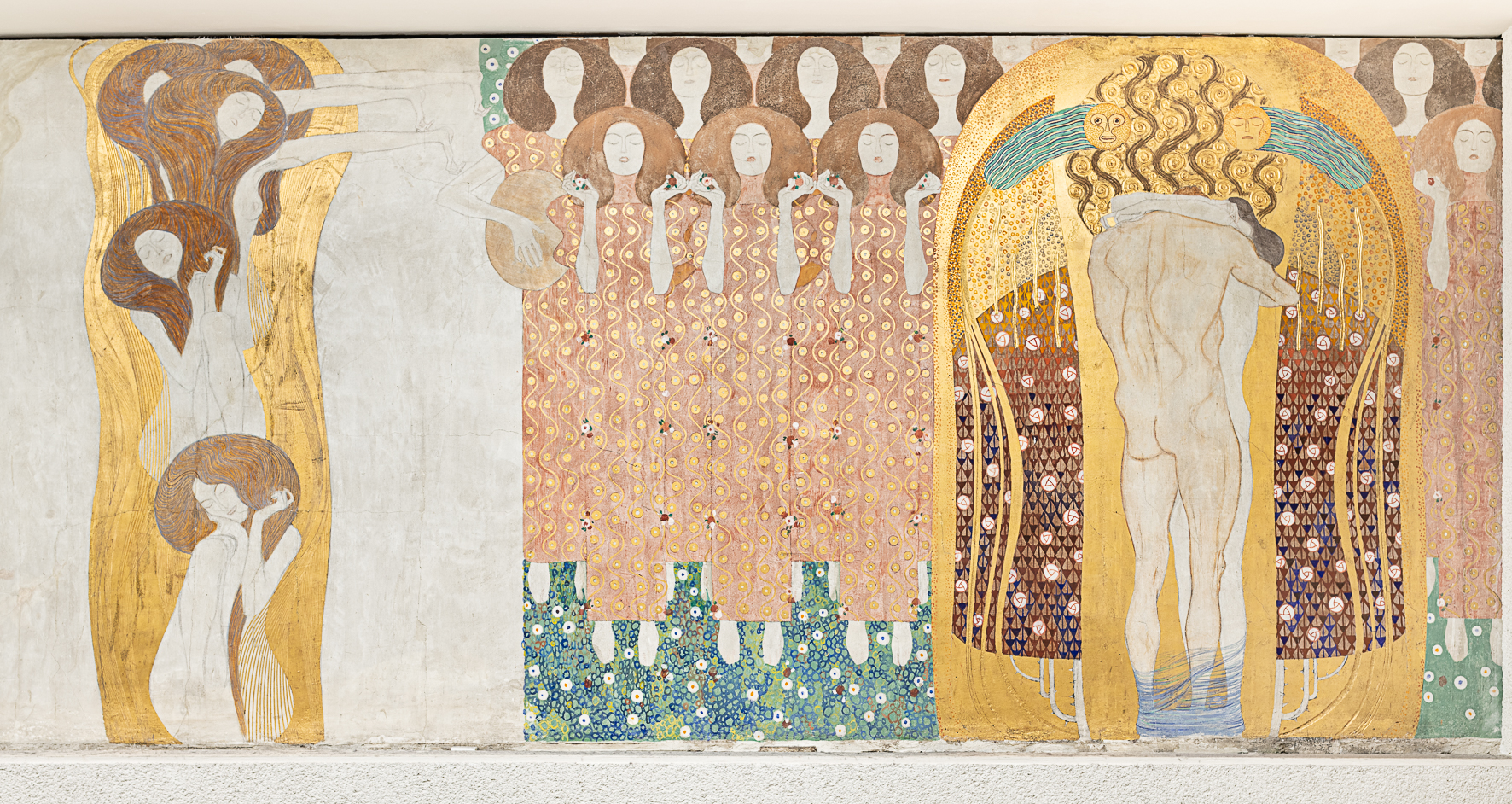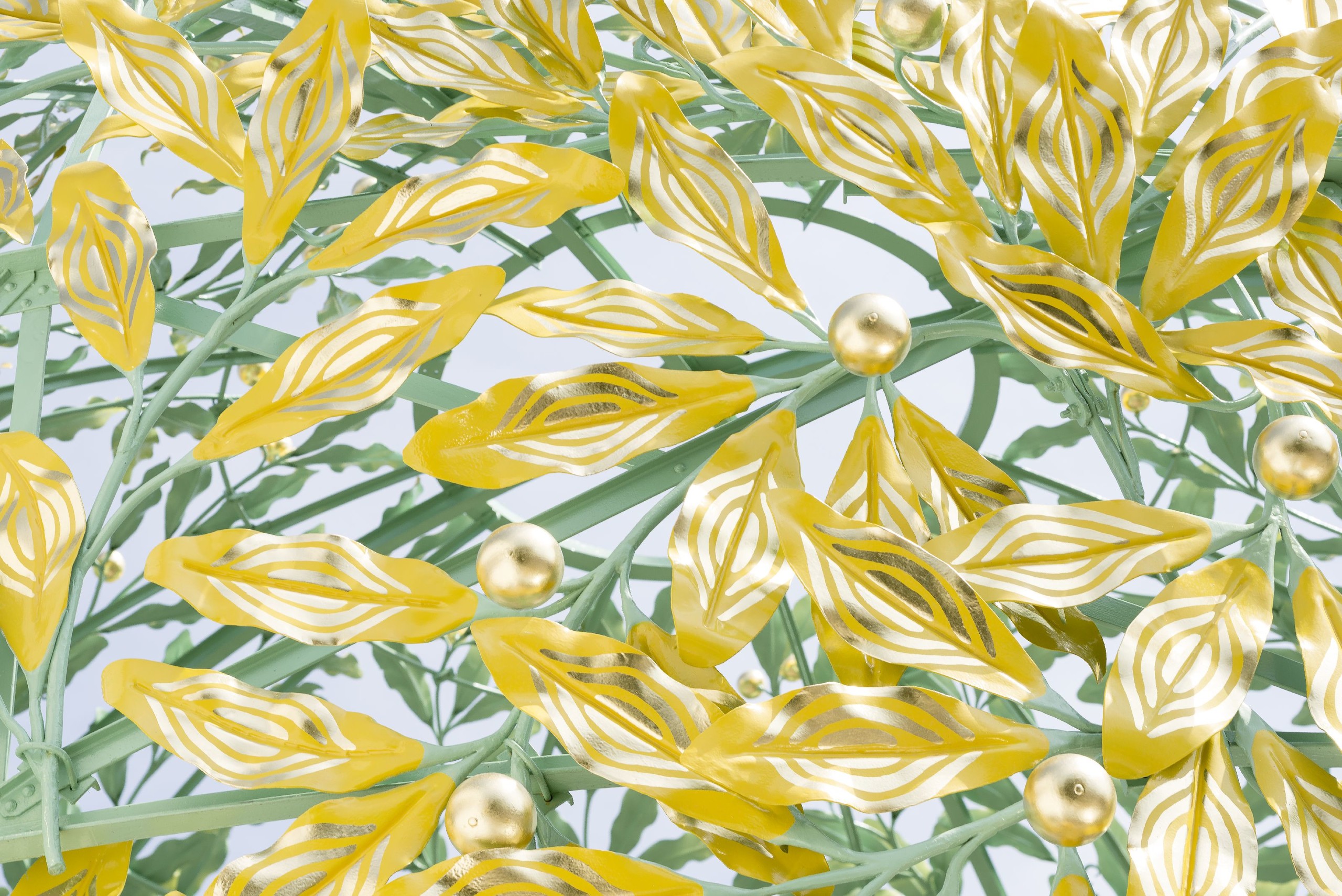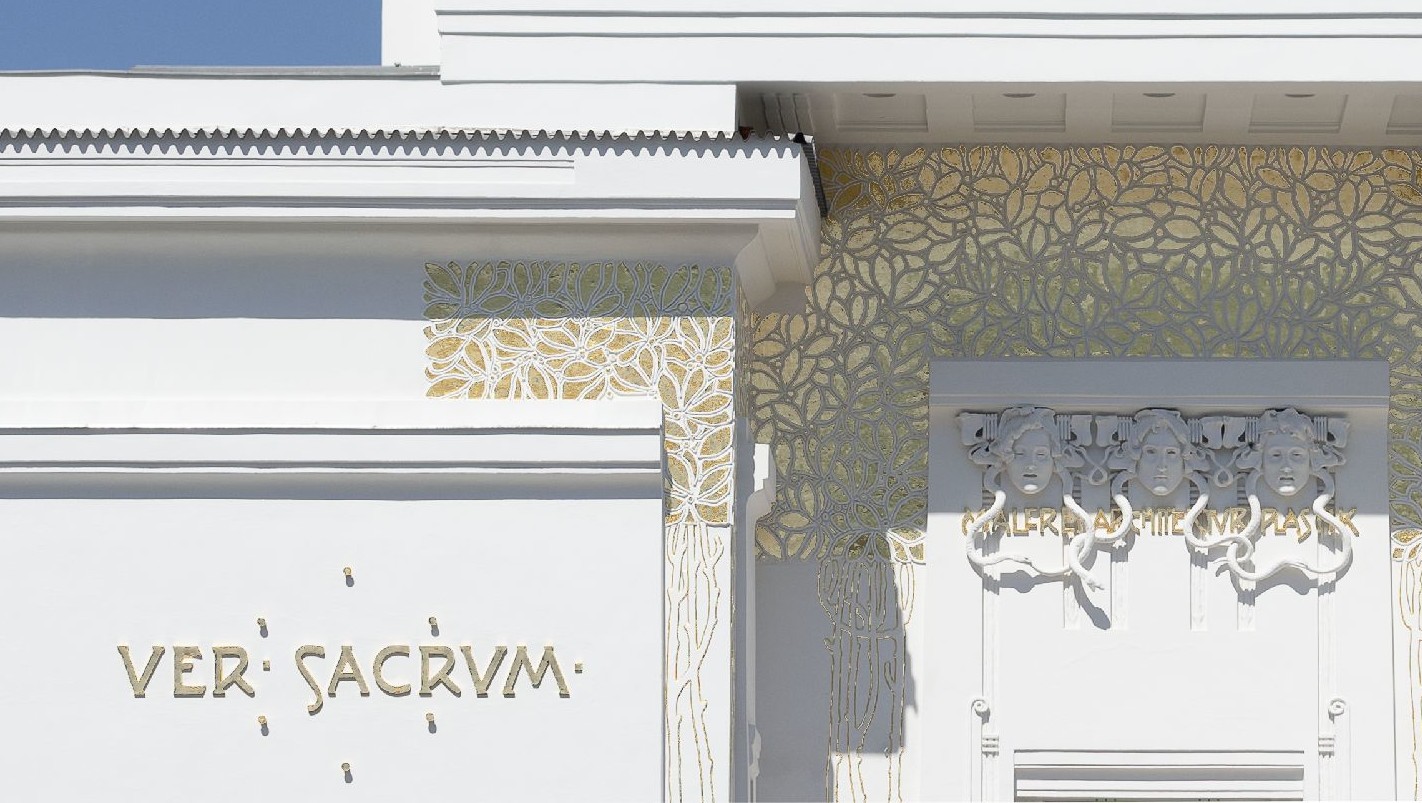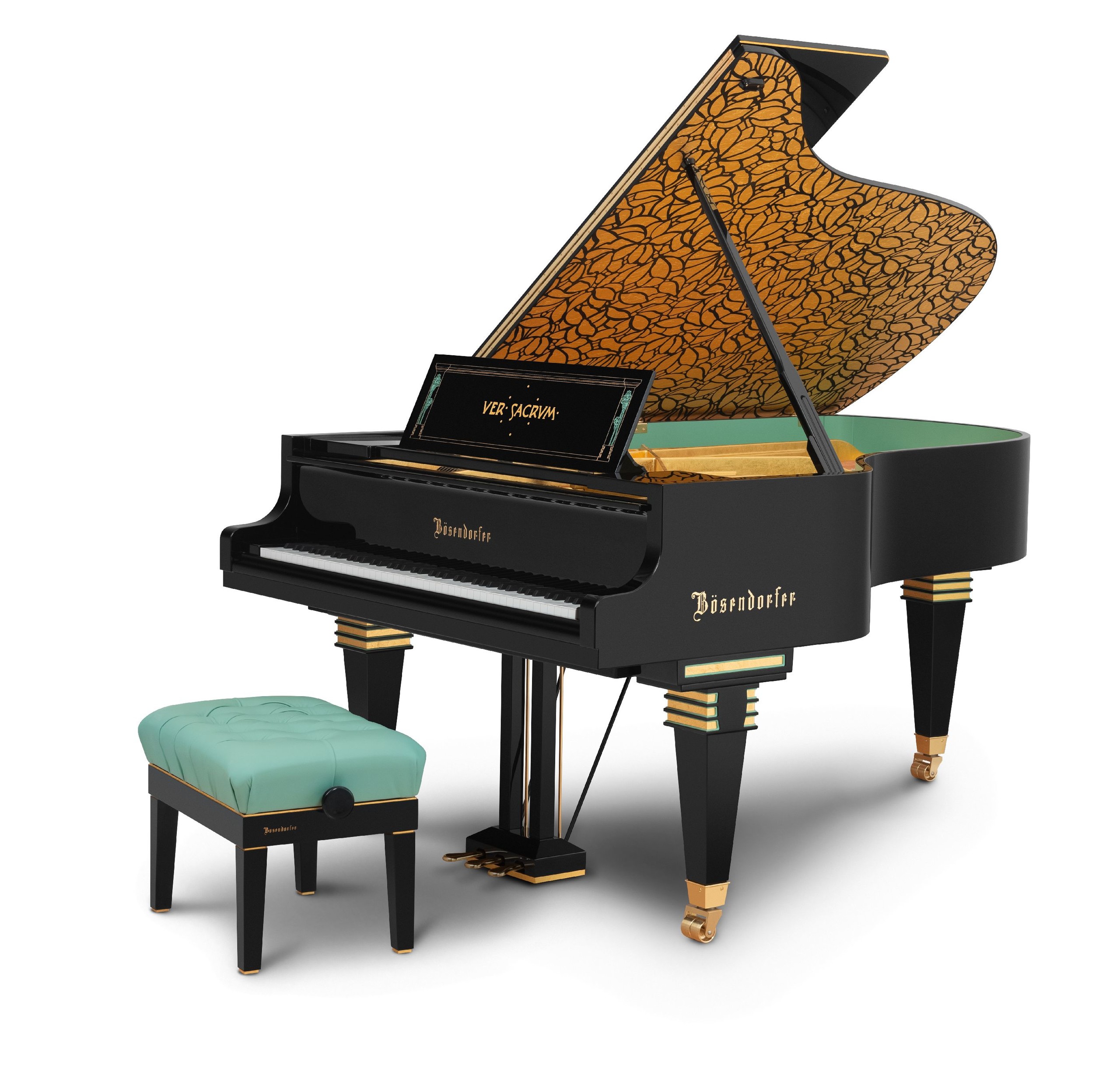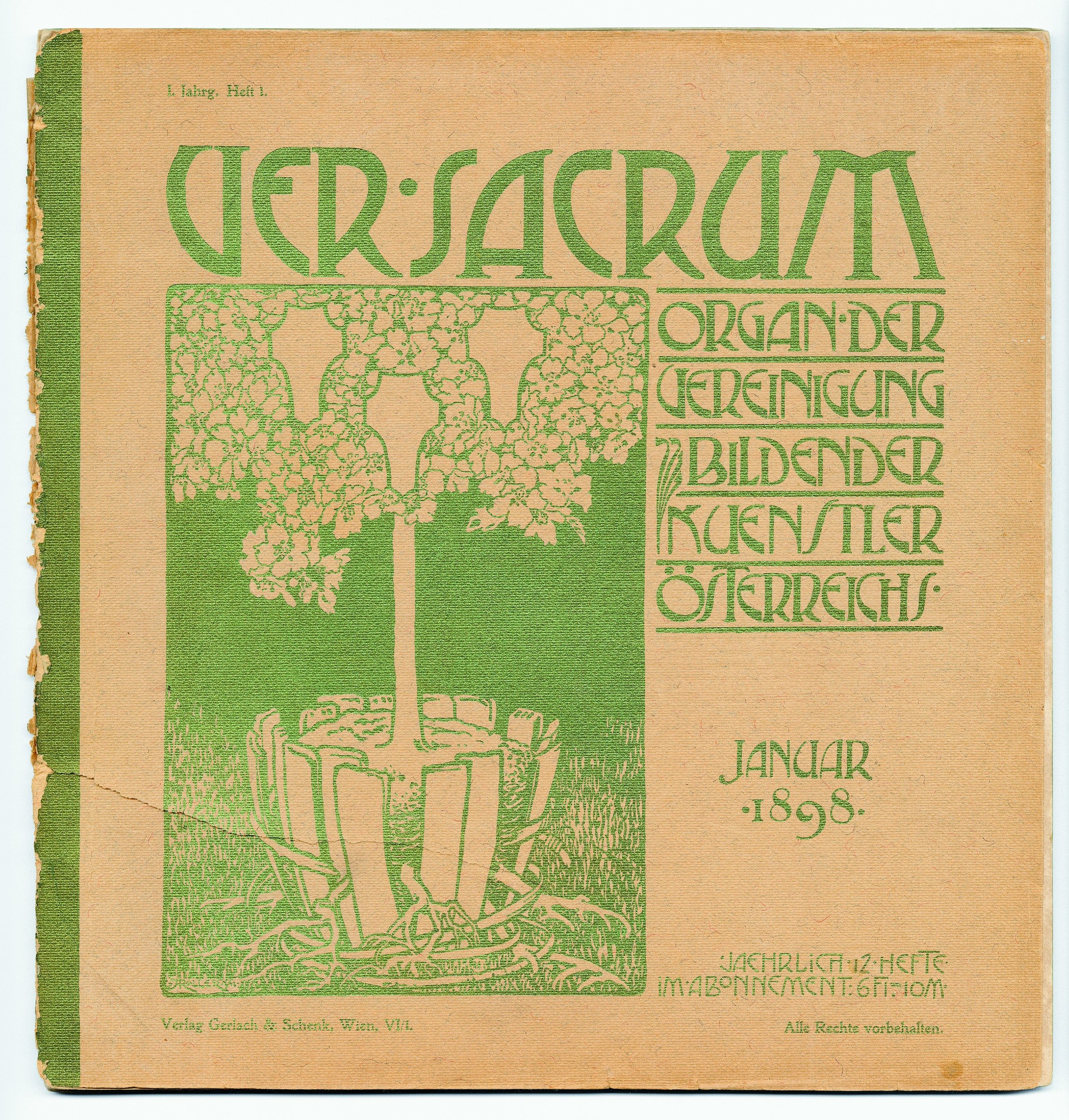The zeitgeist of the Secessionists and a Grand Piano in the spirit of a Gesamtkunstwerk
Since the founding of Bösendorfer, famous architects, including Theophil Hansen, Anton Grosser, Josef Hoffmann, Josef Frank and Hans Hollein, have designed grand pianos for Bösendorfer time and again. Bösendorfer is reviving this tradition in the form of an “Architecture Series” and presenting the Secession model as the first grand piano of this series.Now one of the most photographed buildings in Vienna, the word Secession contains not only the building itself but also an artistic association, a style of construction and design, as well as a philosophy upon which everything is based. Inspired by this zeitgeist, of unity in diversity, the design of the Bösendorfer Secession Grand was developed.
